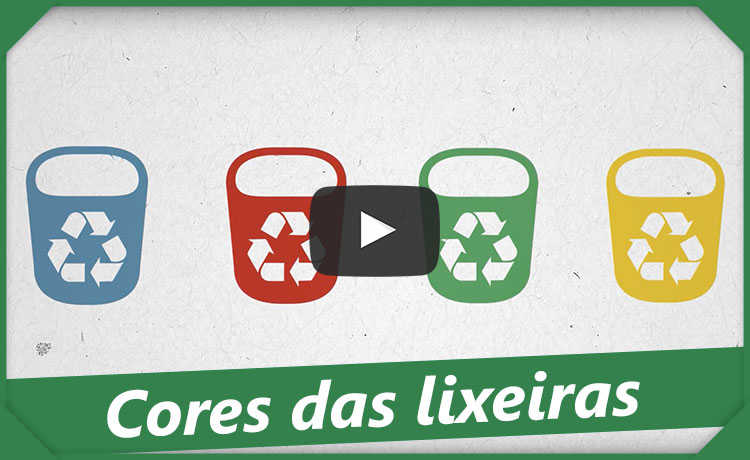Dilma was right: British scientists developed technology capable of "storing wind"
The project consists of storing air in its liquid form, which is then expanded and moves turbines that convert mechanical energy into electrical energy.

There are several controversies surrounding Dilma Roussef's inability to make speeches. One of the great phrases of the president that stirred up social networks occurred when, in a press conference given at the UN, she said that the possibility of “stocking wind” would benefit the whole world.
In the speech (click here to see), Dilma mentions the technical difficulties of making the replacement of hydroelectric plants with wind energy parks feasible. She argues that, currently, hydroelectric energy is the cheapest and most viable in terms of maintenance, since water is free and there is the possibility of storing it. She then points out that wind energy would also be very interesting for the country, but there is still no technology to “storage wind”. This makes it difficult to invest in this type of energy, due to the lack of stability of the air currents. Wind energy depends on the occurrence of wind at ideal density and speed, and these parameters undergo annual and seasonal variations (Check the article "What is wind energy? Understand how turbines generate electricity from the winds" to learn more).
The phrase became a meme: photographs of a man with a fan filling plastic bags with wind were shared on the internet, as were montages of Dilma's face in packets of "air" snacks and portions of wind pastel. The joke "viralized".
But did Dilma say such a big nonsense? According to British scientists, no.
Well, to move wind power turbines, we need wind, right? If it is not constant, an artificial way to control this intermittency would be ideal to solve one of the main problems of this technology, correct?
According to the FAPESP Agency, British scientists, from the Faculty of Engineering and Physical Sciences at University of Birmingham are developing a technology that makes it possible to use liquid air as a way to optimize the implementation of renewable sources such as solar and wind. In this way, there would be a minimization of the effects of its intermittence in the supply of the electric network. The method has already been tested in a pilot plant and will enter commercial scale in 2018.
How it works?
The physical principle is relatively simple. When air is cooled to -196°C, it turns into a liquid. About 10 liters of air give rise to one liter of liquid air. This can be stored and later heated. When in contact with a thermal source, it expands and drives a turbine that converts mechanical energy into electrical energy.
The proposal of those responsible for the project is not very different from the one made by Dilma in her speech. The objective is to help overcome the ups and downs in the supply of energy generated by renewable sources. In this way, with liquid air, energy would be available without a decrease in supply even on days of lesser insolation or reduction in the wind regime.
Also according to Williams, the environmental impacts resulting from the process should be very low. “For energy storage, the device just captures and exhausts the air. And, when cryogenic storage is used in engines, the material exchanged with the medium is again air”, he explained.
The University of Birmingham, responsible for the project, was named “university of the year” by the periodicals The Times and The Sunday Times. One of its priorities is the development of revolutionary solutions that fit the concept of sustainability. The university maintains a cooperation agreement with the Foundation for Research Support of the State of São Paulo (Fapesp) to support collaborative research projects between the State of São Paulo and the United Kingdom.
Dilma's proposal isn't that far-fetched after all. Considering that wind is, according to the Michaelis dictionary definition, “air in movement or in displacement”, the misunderstanding may have occurred due to a confusion in the words. The proposal of British scientists is to store wind energy using an air as the “box” to store such energy.
Just think about the basic principle of nature, the conservation of energy, and if you prefer, you can even use Antoine Lavoisier's phrase “In nature, nothing is created, nothing is lost, everything is transformed”. What the new British scientists are proposing is, through the energy coming from the winds, to cool air (because to cool something, we need energy too) and so the energy used in this process would be "stored" to be used through the expansion that the air it has to be artificially heated or not - thus going into motion to generate the turbines. Remember what moving air is? Yes, the wind. The process is not literally "capturing" the wind and storing it, but rather a means of storing wind energy through the process of making the air liquid and recovering this energy through the movement of liquid air back to its state. natural, which consequently will become a wind.
Regardless of the president's phrase, new technologies that provide maximum use of alternative energy production, such as wind and solar, are needed to change the paradigm of current energy production and reduce the environmental impacts of energy consumption. At first, many revolutionary inventions seemed absurd and were mocked, but through the daring of scientists and rigid methods of observation, identification and research, they became viable and we can enjoy their benefits. Finally, it is good that British scientists invested in this technology and did not consider it so absurd, as innovations are always welcome to change the atmosphere of our society.










